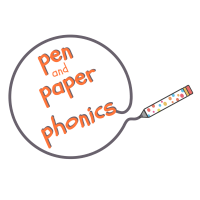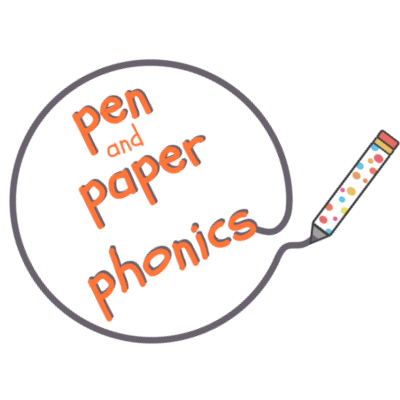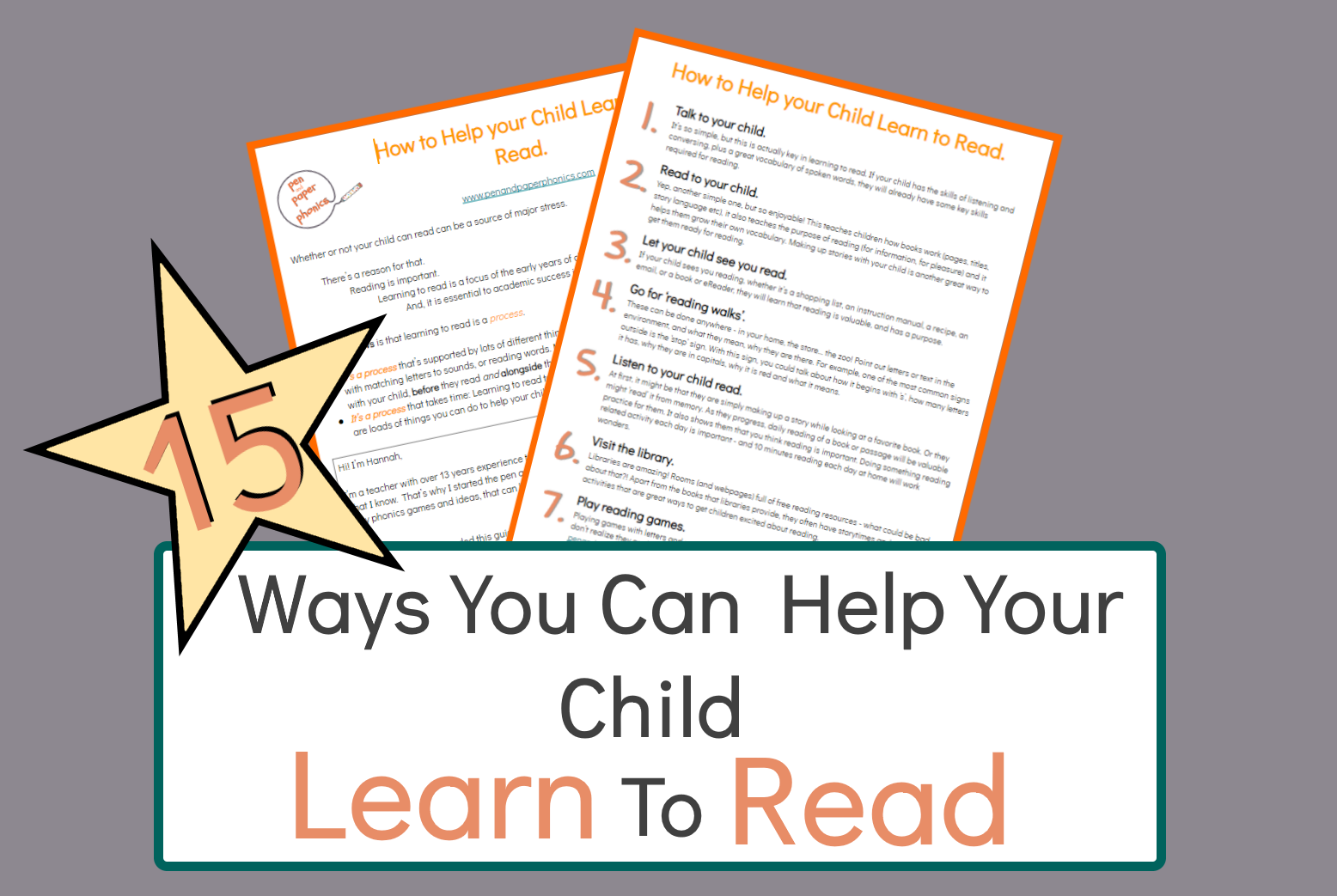Children love to be able to move and manipulate things, so writing letter sounds on sticky notes is a great activity to engage them in learning to match the sounds to the correct letter.
Matching sounds to letters is a fundamental step in learning to read and the more practice children can get in this, the easier they will find it when they start to read.
Letter Sounds on Sticky Notes Activity
What you will need:

- Sticky notes
- A list of the sounds you want to practice. You want a mixture of sounds your child or student is confident with, and sounds that they have just been introduced to.
- A pen
- A large piece of paper or card, divided into two sections. One section is headed ‘Letter Sounds I Am Working On’, and the other section is headed ‘Letter Sounds I Know!’
How to play:

- Write the sounds on the sticky notes and go through all of them, showing each one to your child. Ask your child to say the name of the letter and then the sound. For example, “‘a’ says /a/”. Asking for the name as well as the sound is important as it links the sound to the letter.
- In this initial step, if your child or student does not know the sound, tell them what it is, and let them repeat it. Then at the end, return to that sound again to see if they can remember it.
- Stick all the sticky notes onto the left hand side of the board or paper.
- Get your child or student to read each one. As they read it, they can move it across to the ‘Letter Sounds I know!’ section of the board.
- If they do not know a letter sound, read the sound for them and get them to repeat it. Then get them to move it elsewhere in the ‘Letter Sounds I am Working On’ section.
- When all letter sounds have been read, look at the sounds that they are still working on, and then count how many they know confidently. This gives the student a time to celebrate all the sounds they know.
- You could keep the paper nearby for a few days to go over the ones they found difficult, or to encourage them with the ones they know.
Is this letter sounds on sticky notes activity right for your child?
Sometimes, it can be difficult to know if an activity will be helpful for your child or student. For this activity, the questions below might help:
- Can they distinguish sounds in their environment? For example musical sounds, or animal sounds?
- Can they hear sounds in words, especially at the beginning, such as the sound their name begins with, or that ‘cat’ begins with a ‘c’ sound?
- Have they started to ask questions about text they see around them. For example, pointing to a sign and asking, “What does this say?”
- Can they recognize their name, or some of the letters in it, particularly the initial letter?
- Have they begun to match sounds to letters? For example, do they recognize some of the letters of the alphabet?
If the answer is ‘yes’ to these questions, then this letter sounds on sticky notes activity will be a great way to teach or reinforce letter sounds.
To note
Not every game or activity goes to plan! Here are some things to watch out for:
- Children might become discouraged if there are a lot of letter sounds in the ‘Sounds I am working on’ section. This is why it is important to choose sounds carefully – most of the sounds should be ones that you know your child knows, so they are practicing reading them, rather than learning them. Only two or three sounds should be ones that they find difficult. This is also a good opportunity to talk about how learning is a lifelong process, as well as to celebrate the day when they can put the sound in the ‘Sounds I know’ section.
How to adapt
There are lots of ways to adapt this letter sounds on sticky notes activity. Here are a few:
- After you have read the sounds, you could go around the room and find things that begin with the same sound, and stick the sticky note on them. This will reinforce that letter sounds have meaning, and are being learned for a purpose.
- If there is one particular letter sound that is difficult, take the sticky note and go for a walk around to see how many things you can find that start with that sound.
- You can adapt this activity to practice sight words in a similar way. Instead of letter sounds, use sight words on the sticky notes.

Here’s how it looked when I did it in ‘real life’!

Which order?
There are lots of different theories on the correct order in which to introduce letter sounds. For example, some start with just the letters in the child’s name, some with the most common letters and others just simply go through the letters of the alphabet in alphabetical order. Whichever way you choose, make sure that you introduce them at the pace that suits your child or student.
Below is the order I generally use:


